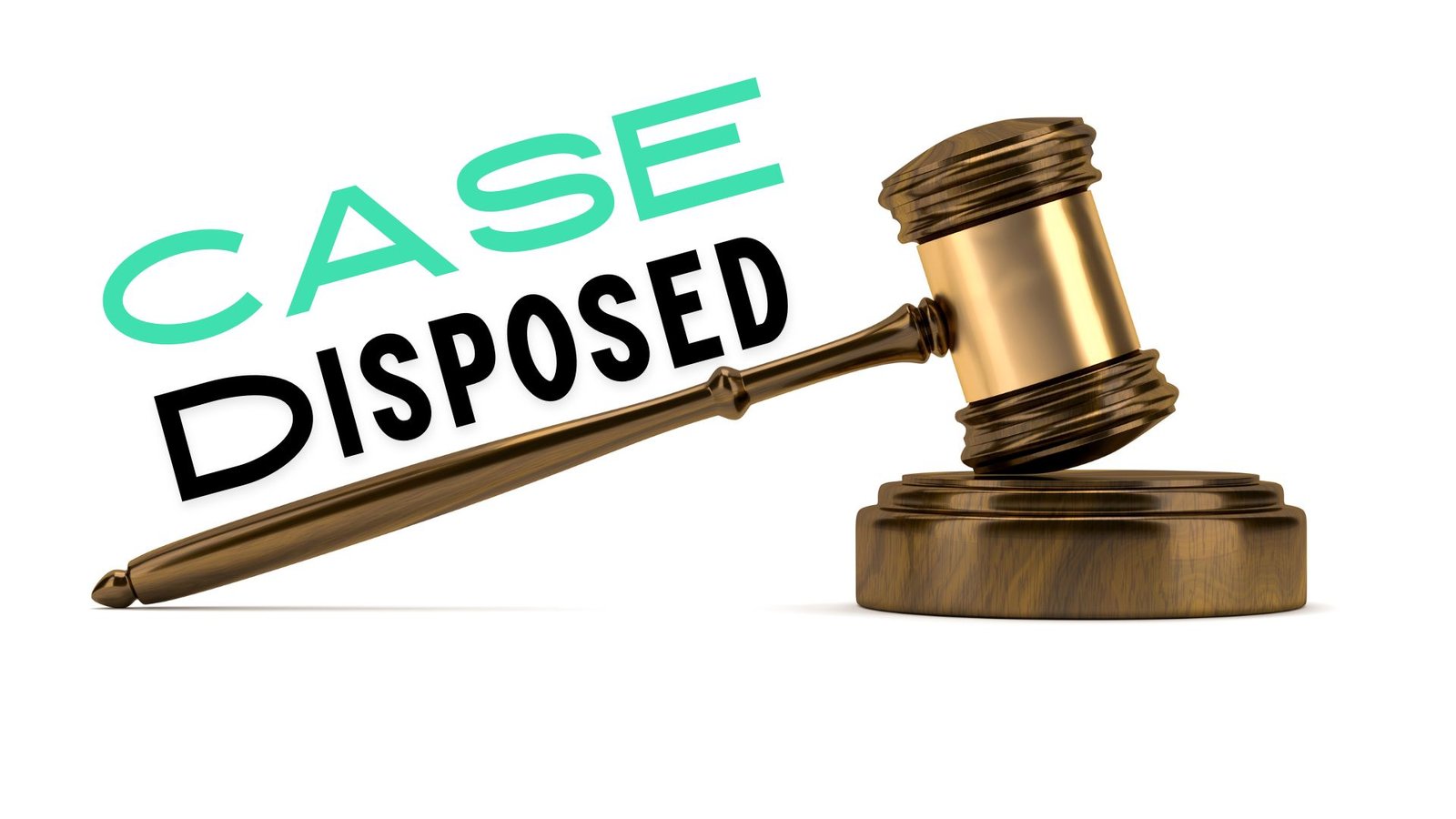On this page you will read detailed information about Medical Marijuana.
You’ve probably heard about medical marijuana being used to treat all kinds of conditions, from anxiety to epilepsy. Maybe you’re curious if it could help with your own health issues. Or maybe you just want to learn more about this controversial treatment option that’s now legal in a growing number of states. Whatever your reasons, this article will give you a helpful overview of medical marijuana. We’ll look at what conditions it might be able to treat, how it compares to prescription medications, the possible risks and side effects, and more. We aim to give you an unbiased look at the evidence so you can make up your own mind about the pros and cons of medical cannabis. Whether you’re a patient, doctor, or policy maker, read on to learn everything you wanted to know but didn’t know who to ask!
What Is Medical Marijuana?
Medical marijuana refers to the use of the Cannabis sativa plant as a physician-recommended form of medicine or herbal therapy. It comes in many forms, including oils, pills, lotions, and the most well-known method – smoking. The key ingredient in medical marijuana is THC (tetrahydrocannabinol), which is responsible for most of the psychological effects of cannabis.
The History
The use of cannabis for medicinal purposes dates back thousands of years. It was used in ancient China, Egypt, and India to treat various ailments like epilepsy, pain, and nausea. But in the early 1900s, cannabis became outlawed in the US and most Western countries due to fears over its psychedelic and addictive effects. However, in 1996 California legalized medical cannabis, and since then, 33 states and DC have legalized it for medicinal use.
The Benefits
Medical marijuana is used to treat symptoms related to a variety of illnesses like cancer, epilepsy, chronic pain, and post-traumatic stress disorder (PTSD). For cancer patients, it can help reduce pain, curb nausea from chemotherapy, and stimulate appetite. For those with epilepsy, medical cannabis oil has been shown to reduce the frequency and severity of seizures, especially in children. It is also used to relieve chronic pain from conditions like fibromyalgia, arthritis, and nerve pain.
While medical marijuana shows promise for certain conditions, more research is still needed to determine the long-term effects. The legal status also varies in each state, so you’ll want to check with your doctor and local laws regarding medical cannabis before pursuing it as a treatment option. When used under the guidance of a doctor, however, medical marijuana can provide relief for some patients with debilitating symptoms.
The Science Behind Medical Marijuana
Medical marijuana contains over 100 compounds known as cannabinoids. The two most well-known cannabinoids are THC and CBD. THC is the main psychoactive compound in marijuana that gives you the “high” feeling. CBD does not have psychoactive effects but has shown promising potential for medical use.
How THC Works
When you ingest THC, it binds to receptors in your brain that influence pleasure, memory, thinking, and perception. THC activates your brain’s reward system by flooding it with dopamine, the “feel good” hormone. This results in feelings of euphoria and relaxation. However, in high doses, THC can cause anxiety, paranoia, and psychosis in some people.
The Benefits of CBD
CBD provides many of the benefits of medical marijuana without the high. It’s thought to work by interacting with your endocannabinoid system, which helps regulate pain, appetite, mood and other functions. CBD shows promise for relieving chronic pain, reducing inflammation, and easing anxiety. Unlike THC, CBD is non-psychoactive, meaning it does not produce a “high.” This makes CBD an appealing option for those looking for relief from pain and other symptoms without the mind-altering effects of marijuana or certain pharmaceutical drugs.
The Entourage Effect
While THC and CBD are the most prominent cannabinoids, there are many other compounds in cannabis that work together to produce effects greater than the sum of their parts. This is known as the “entourage effect.” Other cannabinoids like CBN, CBG, and terpenes interact in complex ways that scientists are still working to understand fully. The different compounds seem to enhance each other’s effects, creating therapeutic benefits that go beyond what can be achieved by the individual cannabinoids alone.
The complex chemistry of medical marijuana is still being decoded, but we know enough to understand why it provides relief and healing for so many. As more states legalize medical and recreational cannabis, researchers will continue to explore this fascinating plant and uncover its full medical potential.
In the previous post, we had shared information about Examining Germany Minimum Wage Laws and Regulations, so read that post also.
Qualifying Medical Conditions for Medical Marijuana
In many states that have legalized medical marijuana, certain debilitating health conditions may qualify you to obtain it. The list of qualifying conditions can vary between states, but typically includes:
Chronic Pain
If you suffer from chronic pain that persists for more than six months, medical marijuana may help provide relief when other treatments haven’t worked. Conditions like fibromyalgia, arthritis, and neuropathic pain may qualify. Marijuana can help reduce inflammation, relieve pain, and improve mobility.
PTSD
For those living with post-traumatic stress disorder (PTSD), medical marijuana may help reduce symptoms like flashbacks, nightmares, and anxiety. Marijuana acts on the endocannabinoid system in the brain that regulates mood and stress levels. Several states have approved PTSD as a qualifying condition for medical marijuana.
Cancer
Medical marijuana can help relieve some of the symptoms associated with cancer and cancer treatments like chemotherapy. It may help reduce nausea and increase appetite, as well as control pain. Marijuana can also help reduce inflammation and ease anxiety for cancer patients.
HIV/AIDS
For those living with HIV/AIDS, medical marijuana may help stimulate appetite and prevent weight loss. It can also help reduce pain associated with nerve damage and relieve nausea caused by medications. Marijuana may even help slow the spread of HIV in the brain, though more research is still needed.
Seizures
Medical marijuana, especially cannabidiol (CBD), has been shown to help reduce the frequency and severity of seizures, especially in children with epilepsy. CBD acts on the endocannabinoid system to help regulate electrical and chemical activity in the brain. For patients with treatment-resistant epilepsy, medical marijuana may offer hope when other medications have failed.
As with any treatment, medical marijuana may not work for everyone. But for those suffering from debilitating health conditions, it can provide much-needed relief and improve quality of life. Discuss with your doctor if medical marijuana may be right for you based on your qualifying condition and medical history.
How to Get a Medical Marijuana Card
So you’ve decided to explore medical marijuana as an option to alleviate your symptoms. Great first step! To legally access medical cannabis, you’ll need to obtain a medical marijuana card (also known as an MMID or cannabis card) from your state. The specific requirements vary in each state, but here’s an overview of what you can expect.
See your doctor
The first step is to schedule an appointment with your regular doctor or a doctor who specializes in medical marijuana evaluations. They will review your medical history and diagnosis to determine if you qualify for a medical marijuana card under your state’s list of approved conditions. These typically include chronic illnesses like cancer, HIV/AIDS, multiple sclerosis, chronic pain, and post-traumatic stress disorder. If approved, the doctor will provide you a written recommendation for medical cannabis.
Apply to your state
With your doctor’s rec in hand, you’re ready to apply to your state’s medical marijuana program. Most states allow you to apply online, by mail, or in person. You’ll need to provide proof of residency, your doctor’s written recommendation, and a small application fee (typically around $50 to $100). Your state agency will review your application and doctor’s recommendation to verify you meet their requirements before issuing your official medical marijuana card.
Visit a dispensary
Once you receive your medical marijuana card in the mail, you’re all set to visit one of your state’s licensed dispensaries or provisioning centers to fill your recommendation. Bring your card, a valid state ID, and cash (most dispensaries still don’t accept cards due to federal restrictions). The staff can walk you through your state’s medical cannabis options, including different strains, potencies, and consumption methods like vapes, tinctures, topicals or edibles so you can find what works best for your symptoms.
Getting approved for medical marijuana can be an easy process if you go in well-informed about your state’s requirements. The potential benefits of natural symptom relief and an improved quality of life make the effort worthwhile. Let me know if you have any other questions!
Medical Marijuana FAQs
Medical marijuana refers to the use of the Cannabis plant as a medical treatment. Marijuana contains chemicals called cannabinoids that act on the cannabinoid receptors in the brain and body. The two most well-known cannabinoids are THC, which produces the “high” feeling, and CBD, which is non-psychoactive. When used medically, the benefits are primarily from CBD, though some conditions respond better to strains with more THC.
Medical marijuana is used to treat a variety of conditions, including:
Chronic pain: Marijuana can help reduce pain from conditions like fibromyalgia, arthritis, and injuries. It works by reducing inflammation and interacting with neurotransmitters that influence pain perception.
Nausea from chemotherapy: Marijuana can help reduce nausea and increase appetite for cancer patients on chemotherapy.
Muscle spasms: Marijuana can help relax muscles and reduce spasms from conditions like multiple sclerosis.
Insomnia: Marijuana may help improve sleep quality and make it easier to fall asleep for those struggling with insomnia or other sleep disorders.
Anxiety and PTSD: Marijuana can help reduce symptoms of anxiety, stress, and PTSD like irritability, difficulty concentrating, and insomnia. However, it may also cause or worsen anxiety for some people.
To obtain medical marijuana, you need a recommendation from a licensed physician in a state where medical marijuana is legal. The doctor will determine if you have an approved condition and are a good candidate for medical marijuana. You must then register with the state and obtain a medical marijuana ID card. This allows you to purchase medical marijuana products from licensed dispensaries. Some states allow home cultivation for personal medical use as well.
In summary, medical marijuana has the potential to help relieve symptoms for a variety of chronic or serious medical conditions. However, more research is still needed to determine the full therapeutic potential, as well as any risks or side effects for different people. If it’s legal in your state and you think it could benefit your health, talk to your doctor about whether medical marijuana is right for you.
Conclusion
So there you have it – everything you could possibly want to know about medical marijuana. From its history to its many uses, potential benefits, possible risks, and legal status across the country, we covered all the key details to get you up to speed on this complex and controversial natural treatment. While more research is still needed to fully understand its long-term effects, medical marijuana offers real hope for many patients today. Whether you’re just curious or considering it yourself, hopefully this article gave you a comprehensive look at this trending remedy. And who knows – maybe someday you’ll get to experience the medical magic of marijuana yourself!
Disclaimer
The information and services on this website are not intended to and shall not be used as legal advice. You should consult a Legal Professional for any legal or solicited advice. While we have good faith and our own independent research to every information listed on the website and do our best to ensure that the data provided is accurate. However, we do not guarantee the information provided is accurate and make no representation or warranty of any kind, express or implied, regarding the accuracy, adequacy, validity, reliability, availability, or completeness of any information on the Site. UNDER NO CIRCUMSTANCES SHALL WE HAVE ANY LIABILITY TO YOU FOR ANY LOSS OR DAMAGE OF ANY KIND INCURRED AS A RESULT OR RELIANCE ON ANY INFORMATION PROVIDED ON THE SITE. YOUR USE OF THE SITE AND YOUR RELIANCE ON ANY INFORMATION ON THE SITE IS SOLELY AT YOUR OWN RISK. Comments on this website are the sole responsibility of their writers so the accuracy, completeness, veracity, honesty, factuality and politeness of comments are not guaranteed.
So friends, today we talked about Medical Marijuana, hope you liked our post.
If you liked the information about Medical Marijuana, then definitely share this article with your friends.








